The American Midwest, often dubbed “flyover country,” is experiencing a significant transformation, shaking off old stereotypes and embracing new trends across various sectors. This region, long associated with traditional industries and a slower pace of life, is seeing a revitalization driven by technological advancements, demographic shifts, and a renewed focus on urban centers. These evolving trends are reshaping the Midwest’s economy, culture, and overall identity, proving it to be a dynamic and increasingly attractive part of the nation. Understanding these changes offers insight into the future of this vital American heartland.
1. The Tech Hub Emergence Beyond the Coasts

While the coasts have long dominated the tech industry, the Midwest is witnessing the rise of its own tech hubs in cities like Chicago, Detroit, and Columbus. According to a report by the Brookings Institution, these metropolitan areas are attracting tech talent and investment due to their lower cost of living, growing university ecosystems, and increasing venture capital activity. This diversification of the tech landscape is creating new economic opportunities and reshaping the image of the Midwest as a center for innovation. The growth of these tech sectors is also fostering a more vibrant and youthful demographic in these urban centers.
This burgeoning tech presence is not only creating jobs but also driving innovation in traditional Midwest industries like manufacturing and agriculture through the adoption of new technologies. The convergence of tech and these established sectors is leading to new solutions and increased efficiency. Furthermore, the affordability and quality of life in many Midwestern cities are proving to be attractive to tech workers seeking alternatives to the high costs of coastal hubs. This trend is contributing to a more balanced distribution of the nation’s tech economy.
2. The Revival of Urban Cores and Downtown Living
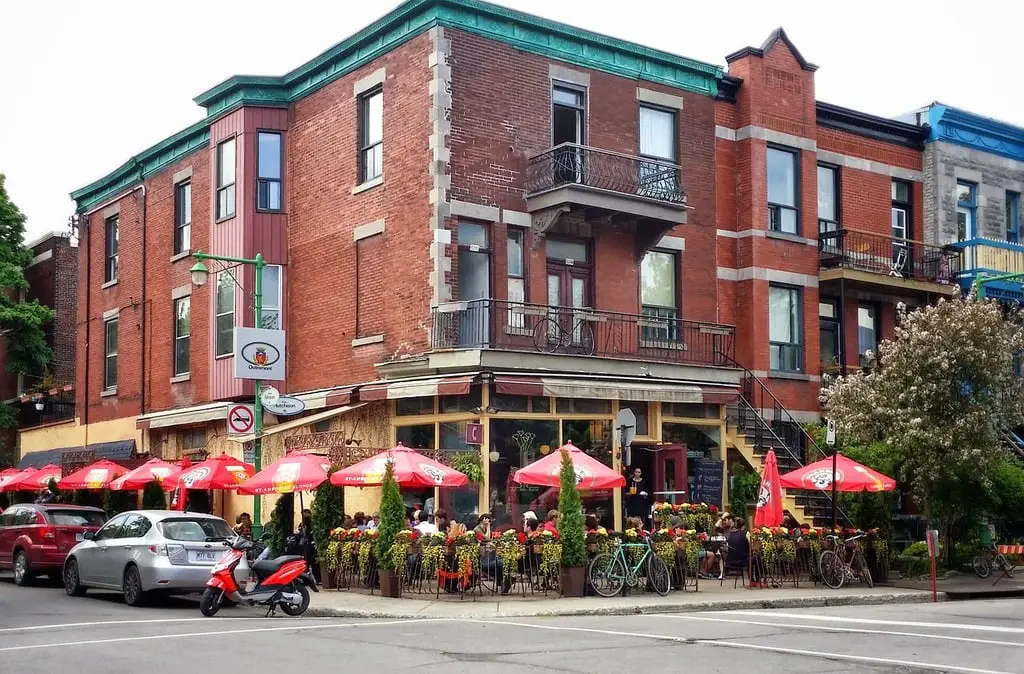
Many Midwestern cities that experienced decline in previous decades are now seeing a significant revival of their urban cores. Investment in infrastructure, arts and culture, and mixed-use developments is attracting residents back to downtown areas. As noted by the Urban Land Institute, this renewed focus on urban living is creating more vibrant and walkable communities. The revitalization of these downtowns is also boosting local economies and fostering a sense of civic pride. This trend is transforming the perception of Midwestern cities as places to live, work, and play.
This urban renaissance is often driven by a desire for a more connected and amenity-rich lifestyle, appealing to both young professionals and empty-nesters. The development of new housing options, from luxury apartments to renovated historic buildings, is catering to this growing demand. Furthermore, the concentration of jobs, entertainment, and cultural attractions in revitalized downtowns is creating more dynamic and appealing urban environments. This shift towards urban living is a key factor in the Midwest’s ongoing transformation.
3. The Evolution of Manufacturing Through Automation and Innovation
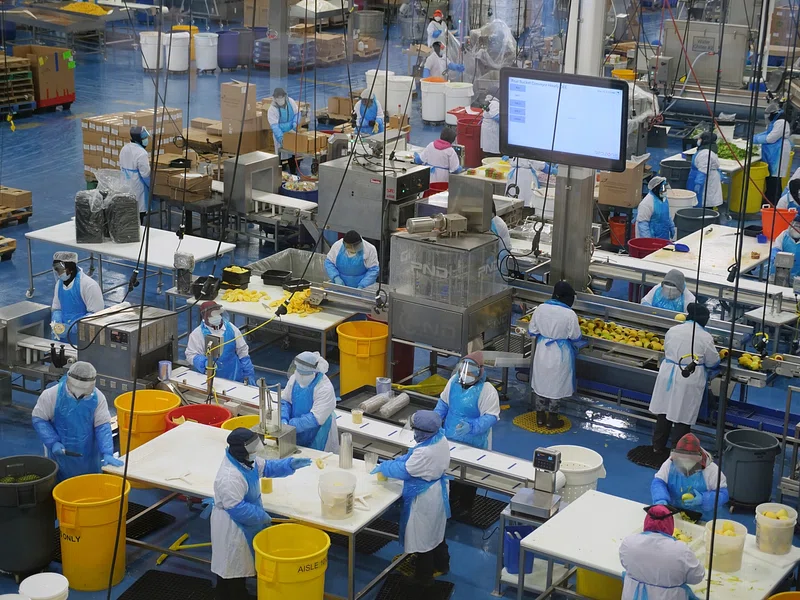
Manufacturing, a traditional cornerstone of the Midwest economy, is undergoing a significant evolution through automation, advanced robotics, and innovative production techniques. While some jobs have been displaced by automation, new, higher-skilled roles in areas like robotics programming and advanced manufacturing are emerging. According to a study by the Business Facilities Magazine, the adoption of these technologies is crucial for the long-term competitiveness of the Midwest’s manufacturing sector. This transformation is ensuring that manufacturing remains a vital part of the region’s economic future.
This technological advancement in manufacturing is not only increasing efficiency and productivity but also attracting new investment in the region. The need for skilled workers in these advanced manufacturing roles is also driving new educational and training initiatives. Furthermore, the integration of technology is making Midwest manufacturing more adaptable and responsive to global market demands. This evolution is positioning the region as a leader in the future of industrial production.
4. The Growth of Sustainable Agriculture and Local Food Movements
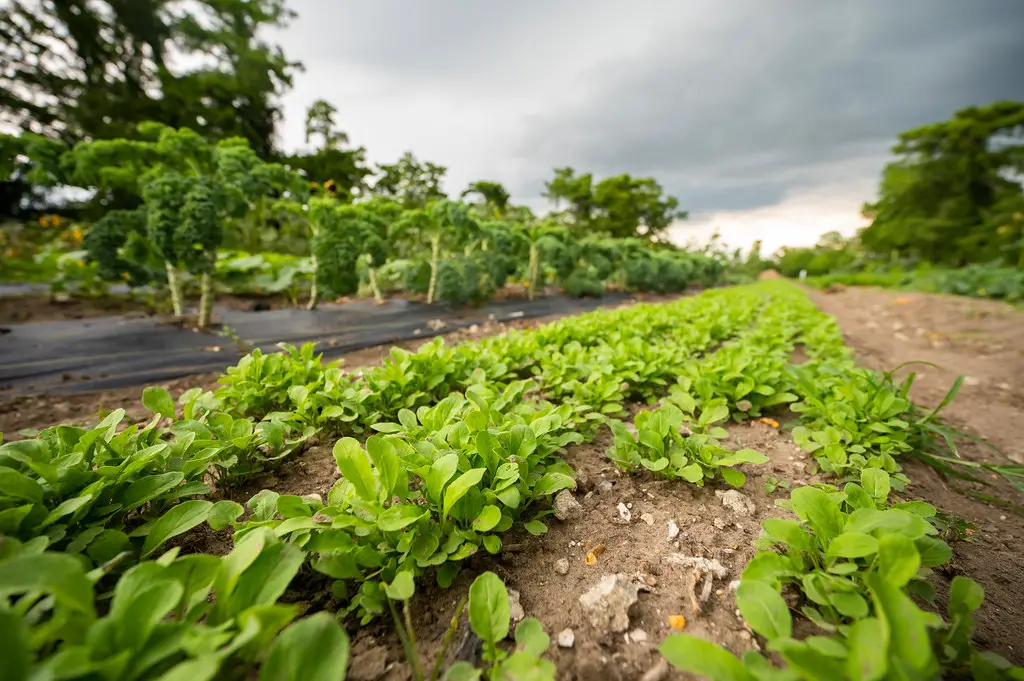
The Midwest, with its vast agricultural land, is seeing a growing emphasis on sustainable farming practices and the development of local food movements. Farmers are increasingly adopting techniques that promote soil health, reduce environmental impact, and cater to consumer demand for locally sourced and organic produce. As highlighted by the USDA’s National Organic Program, the number of organic farms in the Midwest has been steadily increasing. This shift towards sustainable agriculture is not only benefiting the environment but also creating new economic opportunities for farmers.
This growing focus on local food systems is also fostering stronger connections between farmers and consumers through farmers’ markets, community-supported agriculture (CSAs), and farm-to-table initiatives. This direct engagement is increasing awareness about food production and supporting local economies. Furthermore, the demand for sustainably produced food is driving innovation in agricultural practices and creating niche markets for Midwest farmers. This trend is contributing to a more resilient and environmentally conscious agricultural sector.
5. The Diversification of the Economy Beyond Traditional Industries
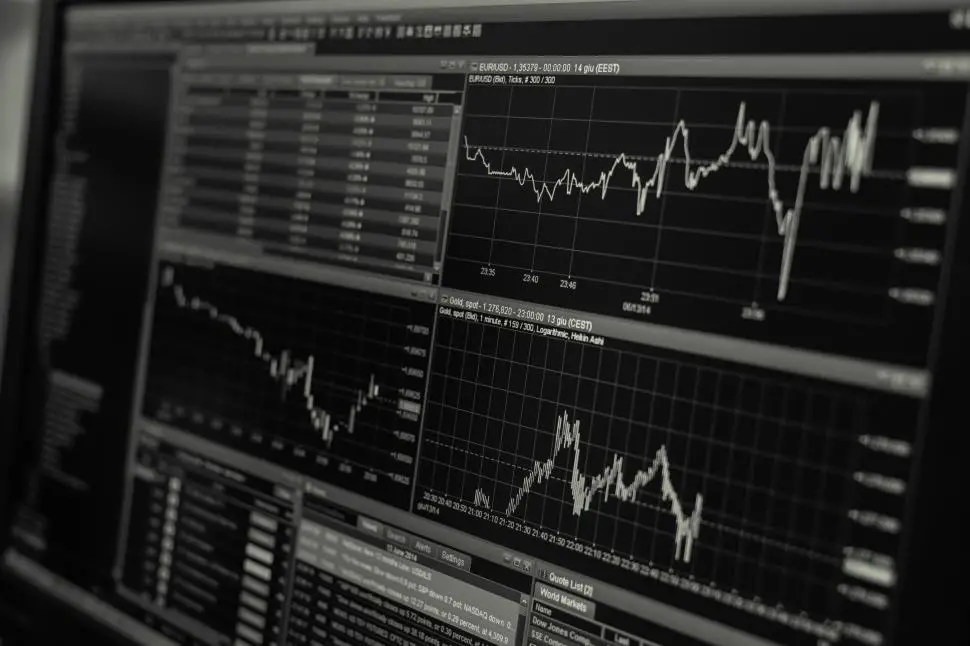
While manufacturing and agriculture remain important, the Midwest economy is becoming increasingly diversified. Growth in sectors like healthcare, finance, and professional services is creating new job opportunities and making the region less reliant on traditional industries. This diversification provides greater economic stability and resilience in the face of changing global markets. The expansion of these sectors is attracting a wider range of talent and investment to the Midwest.
This economic diversification is particularly evident in the growth of major metropolitan areas, which are becoming hubs for a variety of industries. The presence of strong universities and research institutions is also contributing to innovation and the development of new economic sectors. Furthermore, this diversification is making the Midwest more attractive to a wider range of businesses and skilled workers. This trend is crucial for the region’s long-term economic prosperity.
6. The Rise of Cultural and Creative Hubs
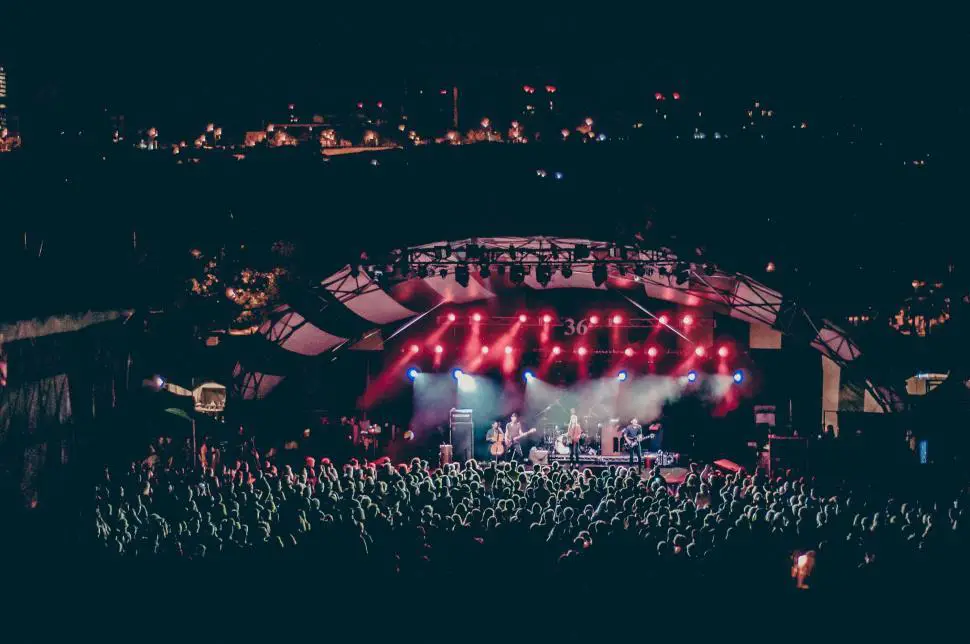
Midwestern cities are increasingly becoming recognized for their vibrant cultural and creative scenes. Investment in arts institutions, music venues, and local festivals is attracting artists, entrepreneurs, and tourists. This cultural revitalization is adding to the quality of life in these cities and challenging the “flyover country” stereotype. The growth of these cultural hubs is also contributing to the local economy and enhancing the region’s appeal.
This flourishing of arts and culture is often driven by a strong sense of community and local pride. Grassroots initiatives and the support of local governments are fostering a creative environment. Furthermore, the affordability of living in many Midwestern cities makes them attractive to artists and creative professionals. This trend is enriching the social fabric of the region and attracting a more diverse population.
7. The Focus on Revitalizing Waterfronts and Public Spaces
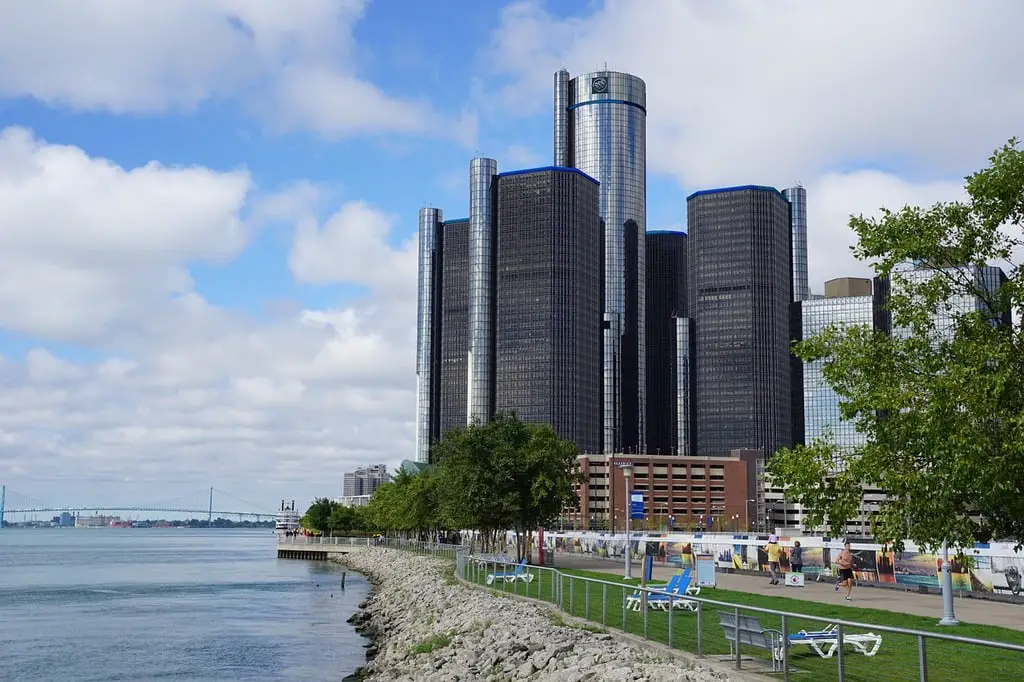
Many Midwestern cities located along rivers and lakes are recognizing the value of their waterfronts and investing in their revitalization. The development of parks, trails, and recreational facilities along these waterways is enhancing the quality of life for residents and attracting visitors. This focus on public spaces is creating more vibrant and livable urban environments. The transformation of these waterfronts is often a key part of broader urban renewal efforts.
This investment in public spaces reflects a growing understanding of the importance of green spaces and recreational opportunities for community well-being. The creation of accessible and attractive waterfront areas is enhancing the appeal of Midwestern cities. Furthermore, these revitalized spaces often become hubs for community events and social gatherings. This trend is contributing to a more active and engaged citizenry.
8. The Growing Emphasis on Craft Beverages and Local Cuisine
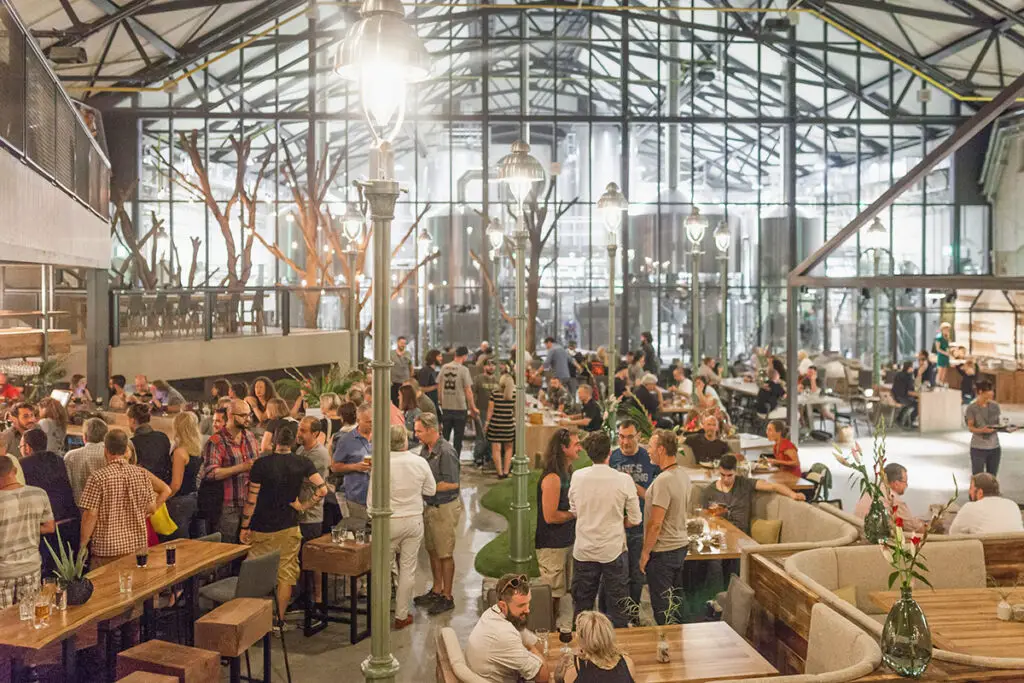
The Midwest is experiencing a boom in craft breweries, distilleries, and local food movements, reflecting a growing consumer demand for unique and locally sourced products. This trend is fostering entrepreneurship and creating new culinary destinations. The emphasis on local flavors and ingredients is also strengthening regional identity. This burgeoning craft beverage and food scene is adding to the cultural richness of the Midwest.
This focus on local production and artisanal quality is driven by a desire for authentic and unique experiences. Consumers are increasingly interested in the stories behind their food and drink and are willing to support local businesses. Furthermore, this trend is creating new opportunities for farmers and small-scale producers. The growth of this sector is contributing to the economic vitality of local communities.
9. The Increasing Diversity of the Population
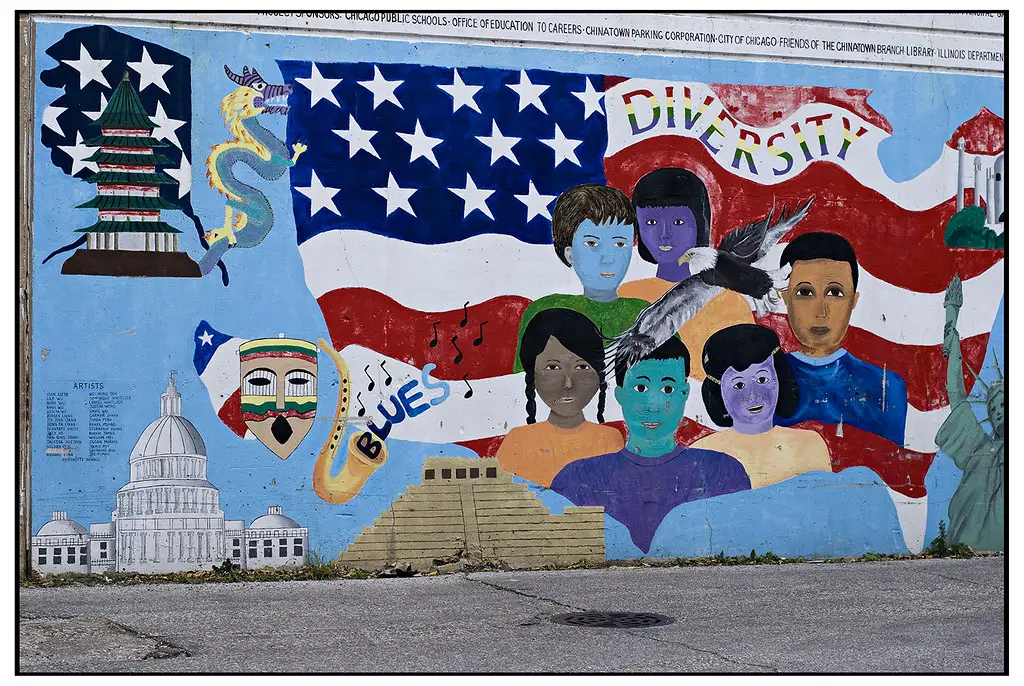
The Midwest, while often perceived as predominantly white, is becoming increasingly diverse. Growing immigrant communities and the migration of people from other parts of the country are adding to the region’s cultural richness and demographic complexity. This increasing diversity is bringing new perspectives and traditions to Midwestern communities. The integration of these diverse populations is shaping the future of the region.
This demographic shift is evident in the changing cultural landscape of many Midwestern cities, with a greater variety of languages, cuisines, and cultural events. This increasing diversity is fostering innovation and creativity and enriching the social fabric of the region. Furthermore, it is making the Midwest more representative of the broader American population. This trend is contributing to a more dynamic and inclusive society.
10. The Adaptation of Traditional Industries Through Technology
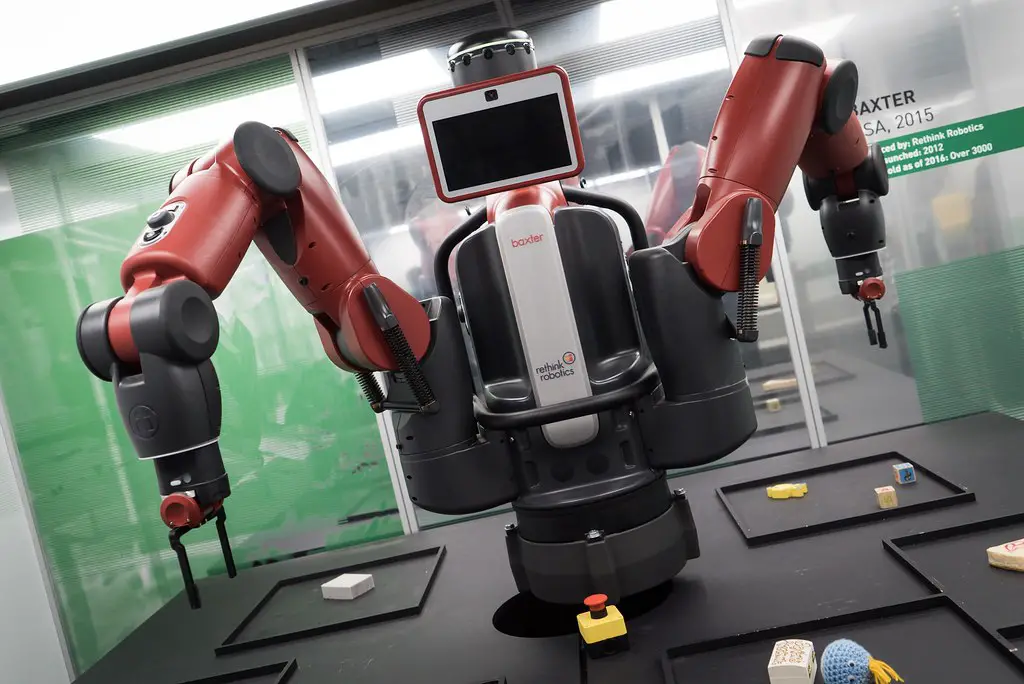
Traditional Midwest industries like agriculture and manufacturing are adapting to the 21st century through the integration of advanced technologies. Precision agriculture, data analytics, and automation are transforming farming practices. Similarly, advanced robotics and AI are revolutionizing manufacturing processes. This technological adaptation is ensuring the long-term viability and competitiveness of these crucial sectors. The embrace of innovation is key to the future of the Midwest economy.
This technological integration is not only increasing efficiency and productivity but also creating new opportunities for skilled workers in these evolving industries. The need for expertise in areas like data science and robotics is driving new educational initiatives and attracting talent to the region. Furthermore, this adaptation is making traditional Midwest industries more sustainable and environmentally responsible. This trend is vital for the continued success of these foundational sectors.
11. The Focus on Improving Infrastructure and Connectivity
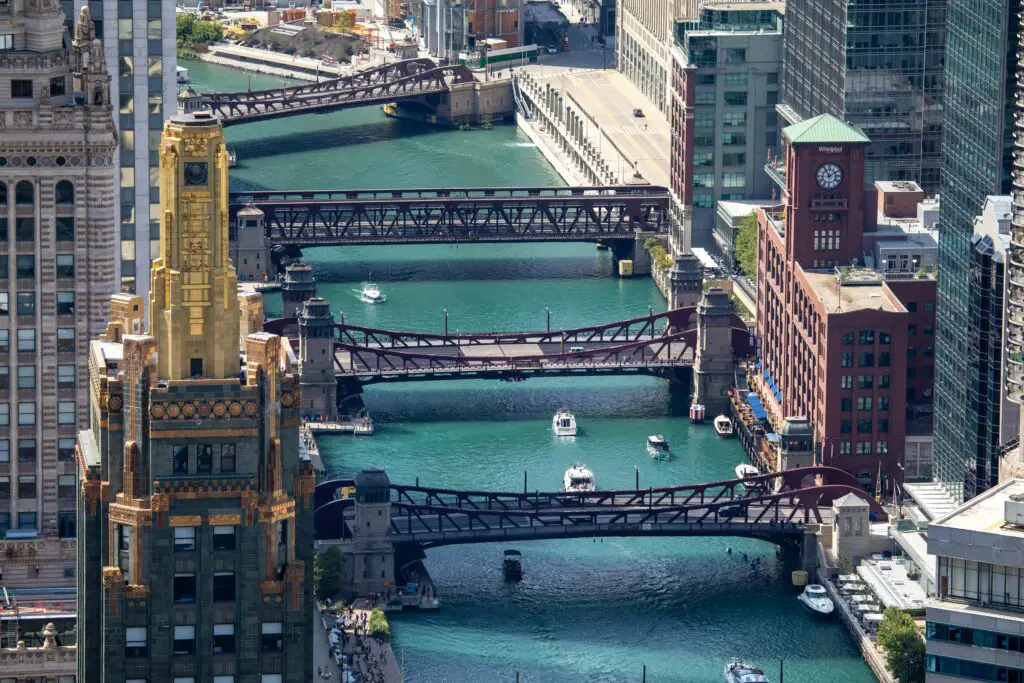
Recognizing the importance of modern infrastructure for economic growth and quality of life, there is a growing focus on improving transportation networks and digital connectivity across the Midwest. Investments in roads, bridges, and broadband internet access are underway in many states. This enhanced infrastructure is crucial for attracting businesses and talent to the region. Improved connectivity is also vital for supporting remote work and the growth of the digital economy.
These infrastructure improvements are essential for facilitating trade, commerce, and the movement of people within and beyond the Midwest. Enhanced broadband access is also crucial for education, healthcare, and overall quality of life in both urban and rural areas. Furthermore, these investments are creating jobs in the construction and technology sectors. This focus on infrastructure is a key component of the Midwest’s modernization efforts.
12. The Growing Emphasis on Outdoor Recreation and Natural Resources
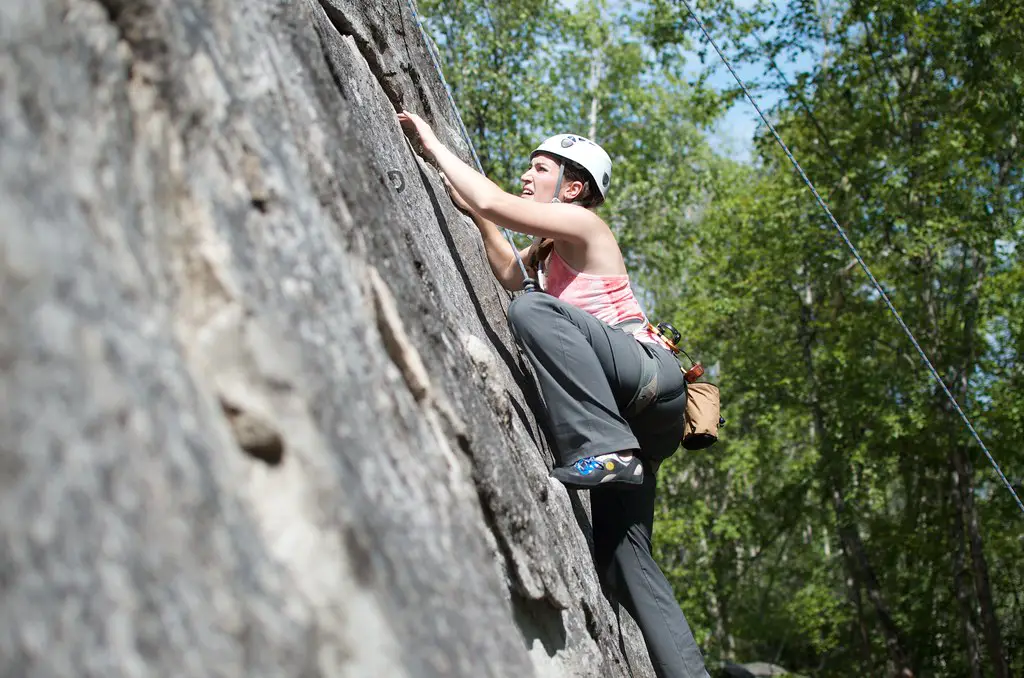
The Midwest boasts abundant natural resources and is seeing a growing appreciation for outdoor recreation. Efforts to preserve and enhance parks, trails, and waterways are increasing, attracting outdoor enthusiasts and boosting tourism. This focus on natural assets is contributing to the quality of life and the economic appeal of the region. The promotion of outdoor activities is also fostering a greater connection to the environment.
This growing emphasis on outdoor recreation is driven by a desire for a healthy and active lifestyle and an appreciation for the natural beauty of the Midwest. The development of recreational infrastructure is making these resources more accessible to residents and visitors alike. Furthermore, this focus on natural assets can also contribute to conservation efforts and environmental awareness. This trend is enhancing the overall appeal of the region as a place to live and visit.
13. The Collaborative Efforts Between Cities and Universities

Midwestern cities are increasingly recognizing the value of their universities as anchors for innovation and economic development. Collaborative efforts between city governments, academic institutions, and the private sector are fostering research, entrepreneurship, and talent retention. This synergy is creating vibrant innovation ecosystems in many Midwestern urban centers. The partnership between these entities is a key driver of the region’s transformation.
These collaborations are leading to the commercialization of university research, the creation of startup companies, and the development of a skilled workforce. Universities are also playing a crucial role in attracting and retaining young talent in the region. Furthermore, these partnerships are fostering a culture of innovation and entrepreneurship. This trend is vital for the long-term economic growth and competitiveness of the Midwest.
14. The Shifting Perceptions of the Region Nationally
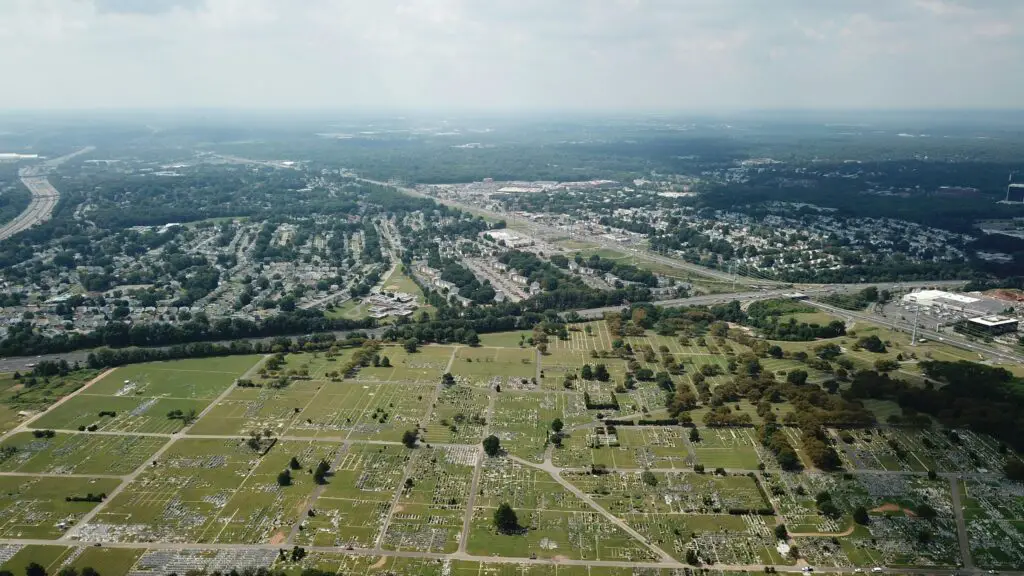
Perhaps one of the most significant transformations is the shifting perception of the Midwest on a national level. No longer solely seen as “flyover country,” the region is gaining recognition for its growing innovation, vibrant cities, and improving quality of life. This evolving narrative is attracting new residents, businesses, and investment. The Midwest is increasingly being viewed as a dynamic and promising part of the United States. This change in perception is crucial for the region’s continued growth and development.
This evolving national image is being shaped by the successes in various sectors, from technology and manufacturing to arts and culture. The stories of urban revitalization and economic diversification are reaching a wider audience. Furthermore, the affordability and authenticity of many Midwestern communities are proving to be increasingly appealing. This shift in perception is a testament to the ongoing transformation of the region and its growing importance in the national landscape.
